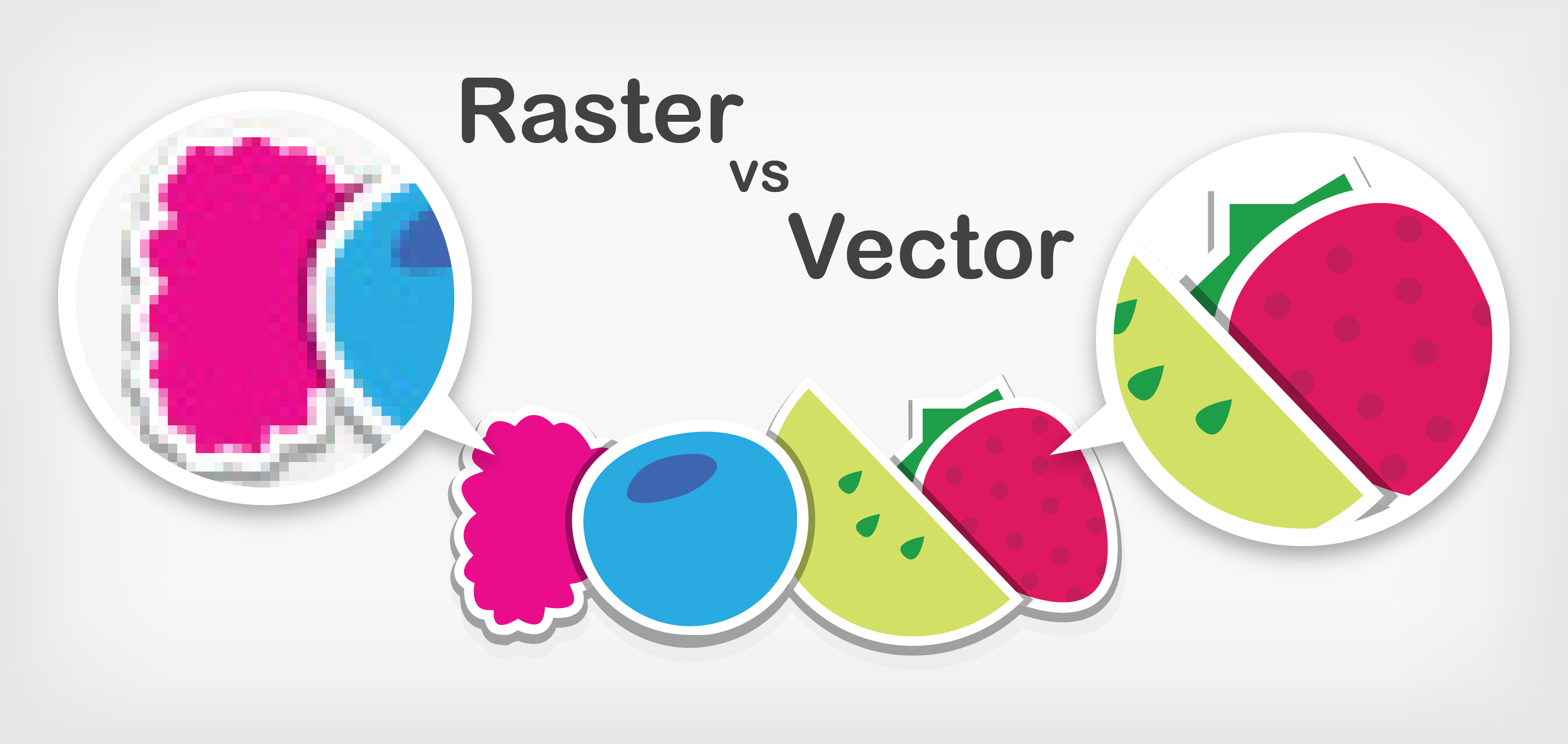

Choose one with the features you need, why pay for more than you will use?
#Vector vs raster sai software
Photoshop, like many third-party software applications, comes with more than just optimization tools. The leader in this field is Adobe Photoshop. Software packages are sold at a variety of price points. These are best if you work alone or have a small number of images to process at a time. There are a number of tools that will perform basic optimization for you.
#Vector vs raster sai download
These are available for download and as online tools to compress and optimize images. There are a wide variety of tools to help with content optimization. That ensures your scaled images will display at their best resolution. Optimize images based on the natural image size, not solely on file size. Do not try to save effort by utilizing the visitor’s browser to scale your images.Īllowing the browser to resize images uses CPU resources and delivers your content at a lower resolution. Scale images to match your content and audience. Deliver images in their intended size and without more pixels than needed. Lossy eliminates pixel data, lossless compressed pixel data.Ĭontent efficiency means delivering scaled images is critical. In other words, can you afford less clarity in your images in return for faster loading and smaller size? Infographics or high-resolution images typically aim for lossless images. Next, understand if you require lossless or lossy image compression. Know what format and file type you will need for your content. Vector images often contain unnecessary amounts of metadata, remove it. Raster images are better for complex scenes with many irregular shapes and details. Images fall into two “types”: Vector images are resolution and zoom independent and are typically used for geographic shapes and diagrams. GIF for animation, PNG to preserve image quality and resolution and JPEG for optimizing photos or screenshots. See this documentation page by Cloudinary for an example of some cool things you can do with their image optimization feature. Different file types, such as JPEG, GIF, PNG all compress to different degrees and each is better with certain types of images. Optimization based on image file type, image type (vector or raster) is a good starting point. Image compression is standard today, however, compression alone is not enough. You have several options for optimization. For example, are there circumstances in which you are willing to sacrifice quality for speed? Does your content rely on images or video? Is your site highly interactive? All of this gives you a direction for your optimization efforts. Once there is a profile of the site environment, site purpose and average visitor then optimizing content has a goal. The considerations that must be taken into account are: The technical complexity of on the fly image optimization is more than storing images of various sizes and selecting the best one based on a visitor’s bandwidth and device.

Web developers are now burdened with programmatically delivering quality images across a wide range of screens, devices, and bandwidths. The era of creating one static image is long over. Web designers use a lot of their time and effort on getting pages to load quickly and getting images and videos to look good while loading quickly.Īs more devices connect and share, there are more screen sizes and qualities to accommodate.

The timeframe to engage a reader is savagely short. Google searches show the average visitor spends approximately 15 seconds reading a page, far less waiting for images to load.


 0 kommentar(er)
0 kommentar(er)
